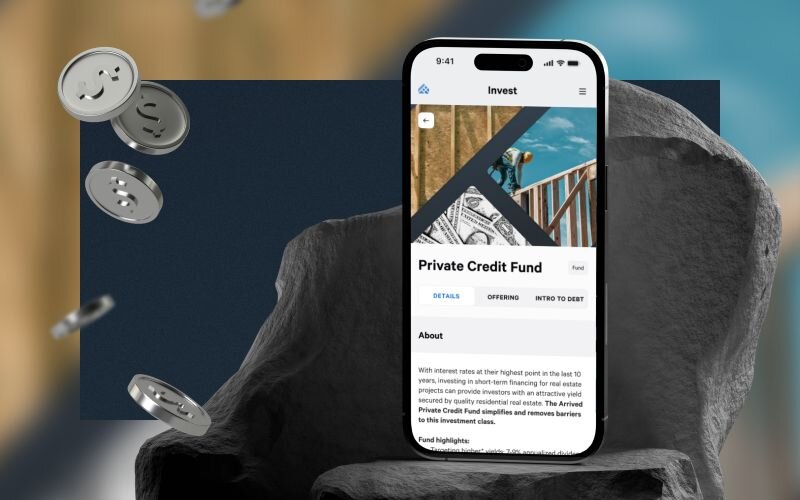One of life’s simple truths: Manage your money, or your money will manage you.
If the word “budget” doesn’t make your heart skip a beat with joy, you’re not alone. A solid financial plan is critical to reaching your goals, but most budgets are overly complex and challenging to keep up with.
The trick is to start simple and build a budget you can stick with.
Here’s how to create a budget you can actually live with:
How to Create a Budget: Keep it Simple
There are many budgeting plans and apps, but if this is your first time creating a budget, you’ll want to follow the golden design rule coined by the U.S. Navy, “KISS,” or “Keep it simple, stupid!”
Start by dragging out a pen and paper – or a spreadsheet — and get your income, expenses, and goals in place.
Step 1: Calculate Your Net Income
The first step is calculating your monthly income. Start with your net income (aka your gross income minus taxes). This income will include your take-home pay if you’re employed full-time and any freelance work or side hustles.
(If you’re enrolled in a retirement plan such as a 401(k) or health insurance plan, factor those automatic deductions in.)
As a full-time employee, the paycheck you receive is after-tax income. However, you’ll want to subtract self-employment tax from your gross income as a freelancer.
While this is an easy step if you have a regular income, it gets complicated if you’re paid irregularly. If that’s the case, unless your income varies wildly from month to month, you can calculate the average for the last three to six months to determine a number for this step. Alternatively, consider the lowest month’s income as your base for further calculations.
Step 2: List Your Expenses
You’ve listed the money coming in. Now, list what’s going out to see if you have a positive balance at the end of the month and by how much. If you’re left with a negative balance, that’s good to know, too, so you can take remedial measures to curb any non-essential monthly spending while you get your income up.
The three types of monthly expenses you’ll want to list out:
- Fixed expenses: These are regular monthly bills that are the same or have minimal fluctuation from month to month. They’re also necessities. Fixed expenses include rent or mortgage, utilities, car payments, and car insurance.
- Variable expenses: These are discretionary expenses that can vary from month to month. Examples include groceries, gas, coffee, entertainment, dining out, and subscriptions. You can look through your credit card and bank statements for the last month or two to get a good idea of how — and where — you’re spending your money.
- Debt costs: This includes student loans, personal loans, and credit card balances. Gather your statements to know your minimum monthly payment and the overall amount you owe.
Step 3: Set Your Financial Goals
All this budgeting and number crunching is only worthwhile if you have a purpose. Before we move on to the next step to determine where your money should go, consider where you’d like it to go. Would you like to save money for a holiday? Put it towards retirement? Start investing in real estate?
While your goals are unique, and you should be mindful of what motivates you, many experts advise that you get rid of any bad debt before you spend large amounts of money on savings or investments.
Here are some financial goals to consider:
- Build a starter emergency fund: Most experts recommend stashing six months’ worth of income, but you don’t have to start that big. Even putting $1,000 aside for emergencies is good.
- Banish bad debt: High-interest credit card debt, personal and payday loans, and any unsecured debt that could balloon up quickly should be on your priority list to get rid of.
- Save for a down payment on your home: If you don’t own a home already, this would be the time to start looking at home values and saving for a down payment.
- Start funding your retirement: Your personal finance goals should factor in future you, too. Now is a great time to start, especially if you’re not already stocking away money in a 401(k) or IRA.
- Invest: Most experts recommend investing beyond your 401(k) if you can swing it. With a wealth of options from stocks to fractional real estate, you may be able to build your net worth over time by contributing small amounts each month.
Remember, whatever you choose is ultimately up to you, and your budget is the roadmap to get you there.
Step 4: Make a Plan
Once you have a basic idea of where you’re at and where you want to go, you need to make a plan to get there. This can be as simple as calculating how much you must spend in a month and allocating the leftover funds toward your goals. Or, you can aim to keep your spending more aligned with a set plan.
For example, one of the most popular budgeting methods is the 50/30/20 rule, which recommends that you spend:
- 50% of your income on needs, such as housing, utilities, and groceries
- 30% on wants, such as entertainment, meals, cell phone data, and shopping
- 20% on the personal finance goals we listed above, including savings accounts, emergency funds, retirement savings, and credit card payments
The key is ensuring that a portion of your income goes toward your goals every month. If you can’t afford to put 20% toward your goals right away, that’s OK. You can build up over time or make cuts to your spending.
Step 5: Make Adjustments
Now, you run with the plan. Take your budget for a test drive for a month or two to see how it feels. Do you have less extra money left over each month than you realized? Are you spending more money on discretionary spending than you budgeted for? Could you put additional money into the places you’d planned for it to go?
The first month of working with your budget will also give you insight into your spending habits. This is an excellent time to see if you could make cuts. For example, if you’re becoming a frequent flyer with Uber Eats, you could save a bundle by cooking at home.
A word of caution to be realistic, however. That daily cup of coffee might be the difference between loving your life or feeling joyless and wanting to throw in the towel after a few weeks. You don’t want to cut every dollar of your discretionary spending. Go ahead and live a little.
Step 6: Review Your Budget and Goals Regularly
Your budget is not a static document or plan. It changes regularly with your life and your finances. Set aside time each month or so to review your budget, update any income, expenses, or debt changes, and continue to add to your personal finance goals as you check off the previous ones.
Money management is not a one-and-done event, and how much money you make — and keep — will ultimately come down to how intentional you are about managing it.










